Background: Neuroblastoma is an embryonal cancer of the developing sympathetic nervous system. The genetic contribution of rare pathogenic or likely pathogenic germline variants in patients without a family history remains unclear.
Methods: Germline DNA sequencing was performed on 786 neuroblastoma patients. The frequency of rare cancer predisposition gene pathogenic or likely pathogenic variants in patients was compared with 2 cancer-free control cohorts. Matched tumor DNA sequencing was evaluated for second hits, and germline DNA array data from 5585 neuroblastoma patients and 23 505 cancer-free control children were analyzed to identify rare germline copy number variants. Patients with germline pathogenic or likely pathogenic variants were compared with those without to test for association with clinical characteristics, tumor features, and survival.
Results: We observed 116 pathogenic or likely pathogenic variants involving 13.9% (109 of 786) of neuroblastoma patients, representing a statistically significant excess burden compared with cancer-free participants (odds ratio [OR] = 1.60, 95% confidence interval [CI] = 1.27 to 2.00). BARD1 harbored the most statistically significant enrichment of pathogenic or likely pathogenic variants (OR = 32.30, 95% CI = 6.44 to 310.35). Rare germline copy number variants disrupting BARD1 were identified in patients but absent in cancer-free participants (OR = 29.47, 95% CI = 1.52 to 570.70). Patients harboring a germline pathogenic or likely pathogenic variant had a worse overall survival compared with those without (P = 8.6 x 10-3).
Conclusions: BARD1 is an important neuroblastoma predisposition gene harboring both common and rare germline pathogenic or likely pathogenic variations. The presence of any germline pathogenic or likely pathogenic variant in a cancer predisposition gene was independently predictive of worse overall survival. As centers move toward paired tumor-normal sequencing at diagnosis, efforts should be made to centralize data and provide an infrastructure to support cooperative longitudinal prospective studies of germline pathogenic variation.
© The Author(s) 2023. Published by Oxford University Press. All rights reserved. For permissions, please email: journals.permissions@oup.com.






